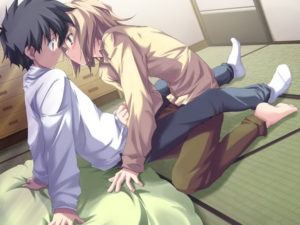
Yaoi has sparked controversy since the genre first appeared. As I wrote in my previous article about yaoi, manga artists resisted the genre because of the female authorship and the focus on homosexual relations. Yaoi has been censored in many libraries because of its graphic content. In Seattle, patrons have requested the library to enforce circulation restrictions to prevent minors from accessing yaoi and other manga.
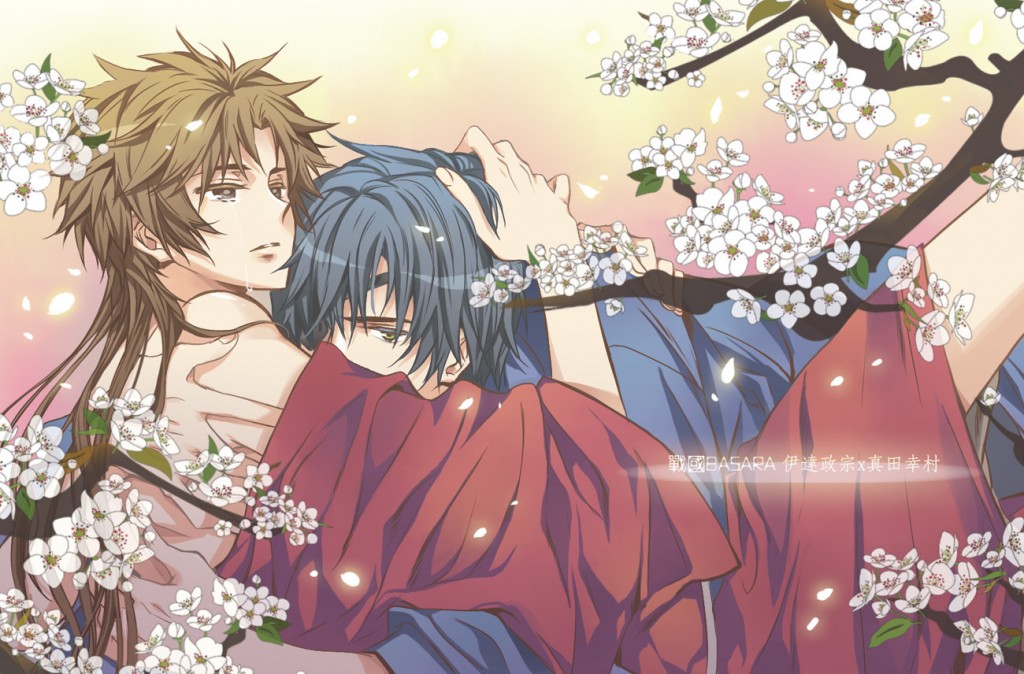 Yaoi also has association with pedophilia and pederasty here in the United States. Bishonen often look underage, even when the characters are actually adults. Of course, there is a subsection of yaoi that does focus on love between tween and preteen boys, but that isn’t the mainstream. Yaoi often features graphic sex acts such as fellatio, S/M, hand jobs, and other acts. Combine these graphic narrations with the young look of bishonen, and it is understandable why yaoi is sometimes consider child-porn.
Yaoi also has association with pedophilia and pederasty here in the United States. Bishonen often look underage, even when the characters are actually adults. Of course, there is a subsection of yaoi that does focus on love between tween and preteen boys, but that isn’t the mainstream. Yaoi often features graphic sex acts such as fellatio, S/M, hand jobs, and other acts. Combine these graphic narrations with the young look of bishonen, and it is understandable why yaoi is sometimes consider child-porn.
Much of the problem has to do with cultural norms that are quite different and misconceptions about what exactly the yaoi genre is. Yaoi consists of stories written by women for women. Same sex love affairs between boys allows females to explore relationships and sexuality apart from the inherent female elements involved: pregnancy, submission, female stereotyping, misogyny, and male-female violence.
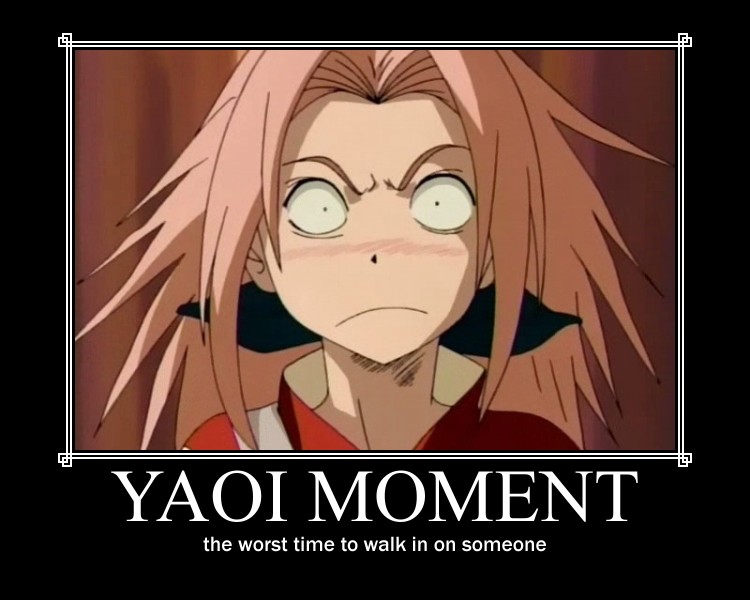
Finally, in Japanese culture comics and animation is considered another storytelling medium. Whereas here in the US animation and comics are considered childish.

The explicit sexuality of yaoi will likely always keep the genre from being accepted by western cultures. Fans are also under some danger of the law should they publish their own stories. However, the freedom yaoi allows women to explore sexuality, express their interest for the youthful male body, and explore different relationship dichotomies is too valuable to be censored. So what is a fan to do?
I also have to note that yuri suffers the same problems as yaoi. It is only slightly more acceptable because it doesn’t depict male homosexuality.
The chief problem is lack of understanding and the desire to force one’s ideas of uprightness upon others. Of course, this isn’t malicious. People like to share what works well for them in the hopes it will benefit others. Unfortunately, this can be harmful and stifle people. Yaoi shouldn’t be censored simply because a particular person considers the content smut. Some people are unwilling to understand the value of literary genres for others. All you can do as a fan is explain why you enjoy the stories to those who will listen and support you. There is no shame in enjoying yaoi and writing your own.
References
Kinsella, Sharon. (2000). Adult Manga. London Cruzon Press.
Levine, Janice (2002). Harmful to Minors: The Perils of Protecting Children from Sex. Minneapolis University.
McLelland, Mark. (2005). The World of Yaoi: The Internet, Censorship and the Global “Boys’ Love” Fandom. University of Wollongong.
Williams, Maren. (2012). Seattle Area Resident Shocked at Yaoi Manga, Asks Library to Revise Circulation Policy. Comic Book Legal Defense Fund. http://cbldf.org/2012/10/seattle-area-resident-shocked-at-yaoi-manga-asks-library-to-revise-circulation-policy
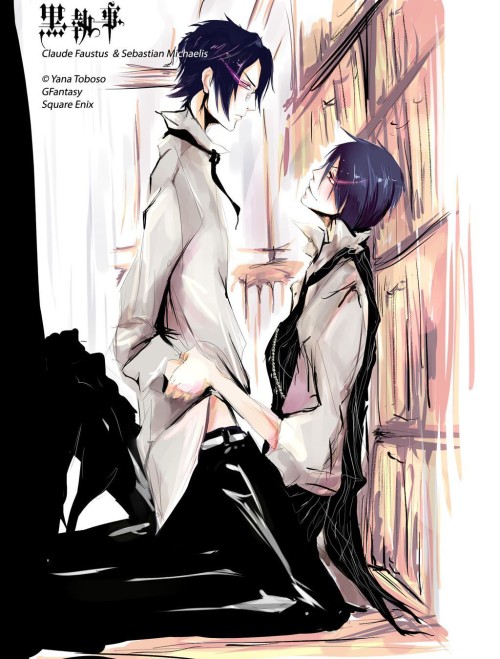
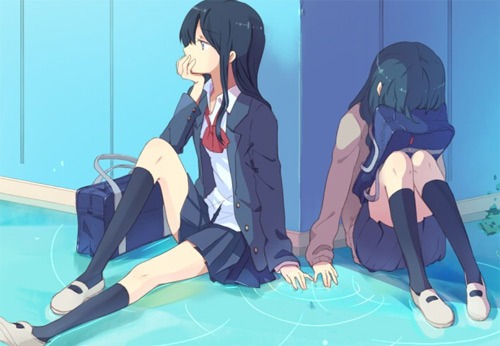

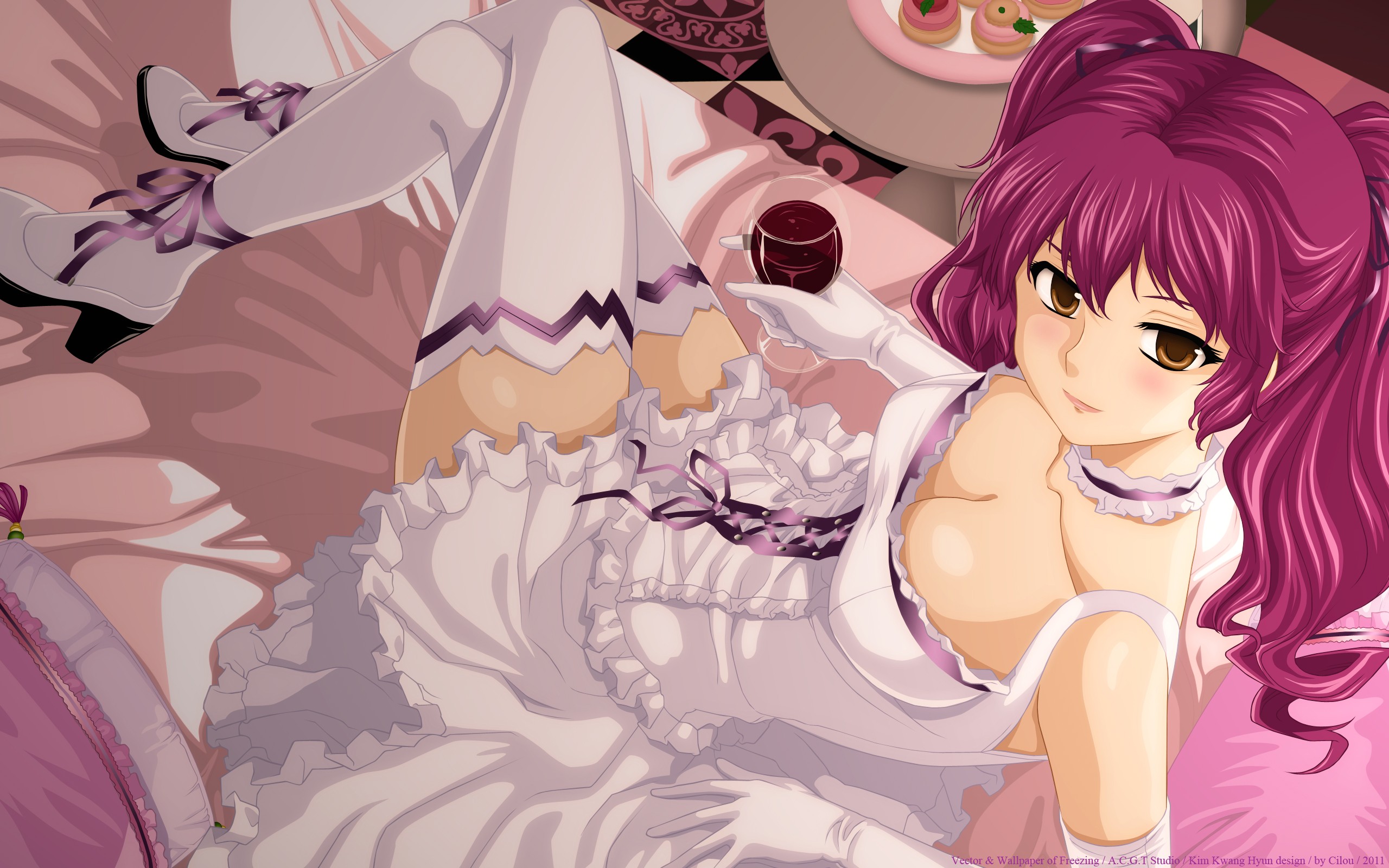
Every genre has that moment where they are completely miss understood by the general public because of the fact that a lot of Americans are “close-minded”. We don’t necessarily like change, and the way that others view us is important us. If we could just put this to the side and open our minds a little more than we could find a solution to this so called “problem”.
You are right. Genres with sexuality tend to have the most difficulty with acceptance. I know I am overly emphasizing yaoi’s sexuality (when not all yaoi focuses on sex) but that is the largest hang up for the genre being accepted. 50 Shades of Gray stirs similar controversy; some libraries hesitate to carry the series because of that controversy. Never mind how not carrying the series violates the librarian ethos.
At a local small library, the children’s librarian moved the manga series Monster to the top shelf of the Young Adult section (out of reach) after sexual content appeared in the series. This is basically censorship, but it unfortunately common.
With regards to comics and animation in U.S. are considered childish, if the material is adult in nature like Family Guy/South Park/Archer, it has to be funny or it will fail. Sad truth.
You make a good point. You won’t see any adult cartoons on the order of, say, Ghost in the Shell. Cartoons and comedy are equated together in American views of the medium. Luckily, Studio Ghibli made some progress reversing this, but even then those films are considered family films.
There’s ‘straight’ manga and literature, but when people want to see more of the OTHER side of people that DOES exist, (Ie. Homosexual relations) they’re ridiculed for it. …Not all yaoi AND yuri is about sex. Shonen-ai primarily focuses more on the relationship / theme of there being gays, rather than the sex itself. Why is it so bashed =/ ?
Certainly, not all yaoi and yuri manga are about sex. The problem is that people think they all are. I just focused on the sexual aspects of the genre because that is the source of many problems the genre faces. Anime still has problems being associated with tentacle porn and other elements of hentai. It takes time for people to change their minds.
Some of the problem with homosexual relationships have to do with misogyny. Men are not supposed to be like women (as if women are lesser beings). So calling someone a “pussy” is veiled misogyny. Gay men are viewed in a similar light.
Even straight manga and literature suffer from censorship pressures when there is explicit sexuality or sexuality that deviates from the accepted norm.
Your sources are woefully out of date. As the laws against underaged depictions of characters in Japan take effect, Yaoi has markedly changed. There have been successful yaoi anime series on primetime in Japan and one that is airing now on Hulu in the US. There is strong evidence that yaoi fans are influencing mainstream anime and manga series and how the portray relationships between male characters. There has been a sharp movement from depictions of underaged Bishonen toward characters that are clearly adult males. Yaoi is outselling most genres of manga in the US. As supportive as you appear to be toward the genre, you are perpetuating the tropes that are giving it problems.
I admit that the academic databases I use are a bit out of date. I try to keep to peer reviewed sources in academic journals.
I have also seen yaoi take off. Elements of yaoi have appeared in anime like Death Note and other mainstream anime. These mainstream anime do show adult males as opposed to bishonen, but the association is still common (even if misplaced).
I am merely attempting to report on the problems the genre has. Libraries wrestle with the problems yaoi has (and other manga) on a regular basis. Sexuality in manga in general is becoming a large problem for many communities as manga becomes more popular. Yaoi, in particular, is subject to censorship pressures and can even open libraries to lawsuits and children’s intellectual protection laws. The explicit sexuality of some yaoi is the source of the issues, and it will continue to have problems being accepted in American society because of the nature of American society.